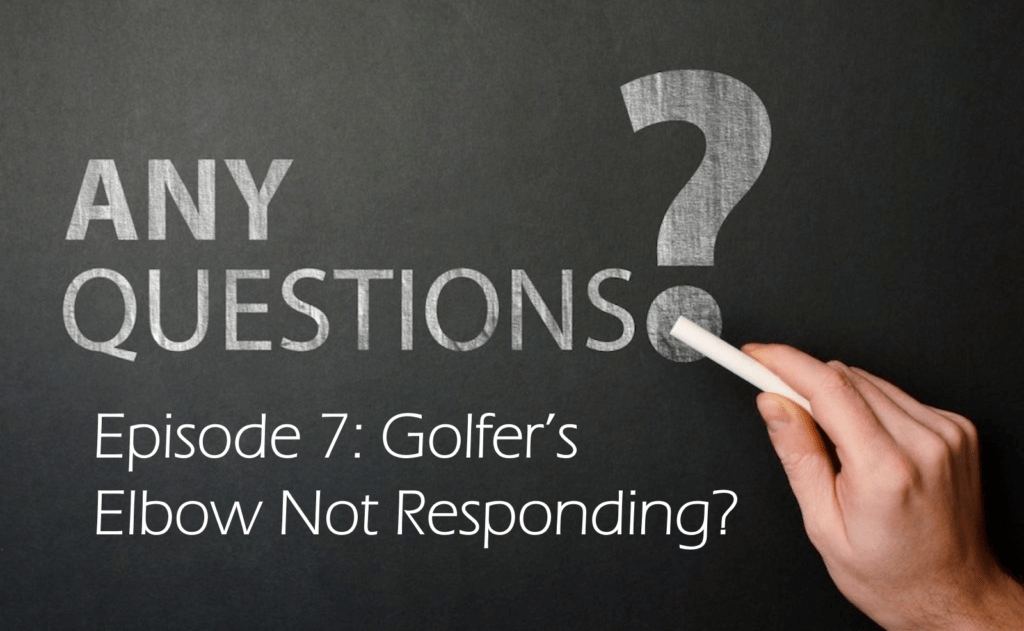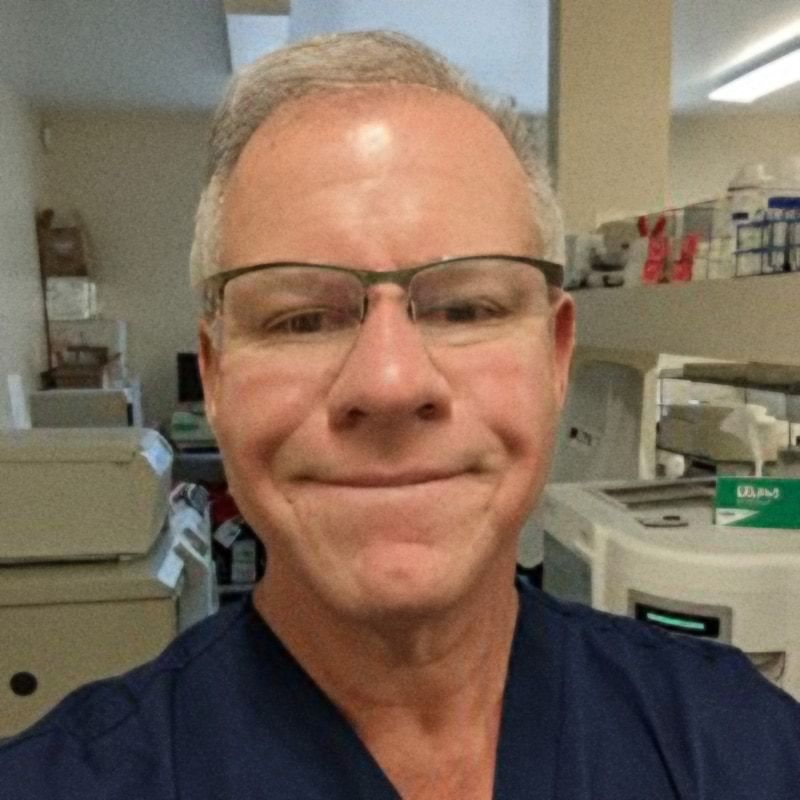Ask Dr. C-Episode 7-PRP Not Working?

Today I’d like to focus on a really great question about partial results from prolo and PRP injections. This one will help answer questions about how various orthobiologics stack up on tendon healing and how the body is all one machine. Let’s dive in.
Dr. Centeno – I have had medial tendonitis (golfer’s) in my elbow for the past 7 months and have tried several treatments. I have had 3 injections of prolozone during that time plus one PRP plus ozone in which a traditional centrifuge was used to spin the plasma, but had no improvement with the PRP. In the beginning, the pain got better after the first prolozone treatment, but then when I started exercising using my arm, the tendonitis came back. I am currently doing physical therapy, but not having much success. I really do not want to have to go the surgery route. Your suggestions? Thank you.
This is not an uncommon issue that has two possible areas to be explored. The first is the neck and the second is what’s being injected. Let’s dig in.
The Neck
We like to think that our body parts are separate things. In fact, traditional medicine has used this reductionist view of the body to make us believe that the problem in our forearm muscles/tendons must be an isolated problem. While sometimes that happens, oftentimes the issue is tied to the nerves that supply those muscles. How would that work?
The nerves in the neck tell the muscles in the forearm what to do. If these nerves become irritated just a little bit, the firing of those muscles will be “off”. This can cause the tendons where the muscles attach in the elbow to get beat up. If it’s on the inside, that’s called medial epicondylitis. To learn more, see my video below:
Hence, if the elbow isn’t getting better, the next step is to treat the neck nerves. We often do this using platelet lysate with what’s called a “facet overfill” injection which is performed using x-ray guidance. In other words, we inject the growth factors from your blood platelets.
What’s Injected
When it comes to what’s injected in the elbow, there are a couple of levels here from the smallest to the biggest punch.
- Prolotherapy/Prolozone-This is the injection of solutions that cause a brief inflammatory healing response.
- PRP-Platelet-rich plasma is the concentration of the patient’s own platelets in plasma.
In this second category platelet, which in my experience is more powerful than prolo injections, there are two different types and dose ranges:
- Leukocytes/Red Blood Cells-The white and red blood cell content is important for tendon healing. If the PRP is red, it’s rich in both and according to some of the research, it’s less effective in getting tendons to heal.
- The dose range based on your age is also critical. For example, most bedside systems only concentrate platelets to about 3-5 times more than they occur in your whole blood. However, our published research demonstrated that this leaves quite a bit on the table when it comes to tendon healing in middle-aged and older adults. Meaning that concentrations in the 10-20X range are needed to get older tendons to heal maximally.
Hence, in summary, the next step in healing medial epicondylitis would be getting injections with leukocyte poor (amber colored) PRP that was at least 10-20X above baseline.
However, what if that didn’t work? Then the next step would be bone marrow concentrate (a same-day stem cell injection procedure) and then if that didn’t work, culture-expanded stem cells. This last type would only be possible in sites that are not in the US, like the licensed site we work with in Grand Cayman.
The upshot? Healing medical epicondylitis may take looking at the contribution of the neck or other areas of potential nerve issues. It also may need injections that are more powerful than prolo or low dose PRP.

If you have questions or comments about this blog post, please email us at [email protected]
NOTE: This blog post provides general information to help the reader better understand regenerative medicine, musculoskeletal health, and related subjects. All content provided in this blog, website, or any linked materials, including text, graphics, images, patient profiles, outcomes, and information, are not intended and should not be considered or used as a substitute for medical advice, diagnosis, or treatment. Please always consult with a professional and certified healthcare provider to discuss if a treatment is right for you.
